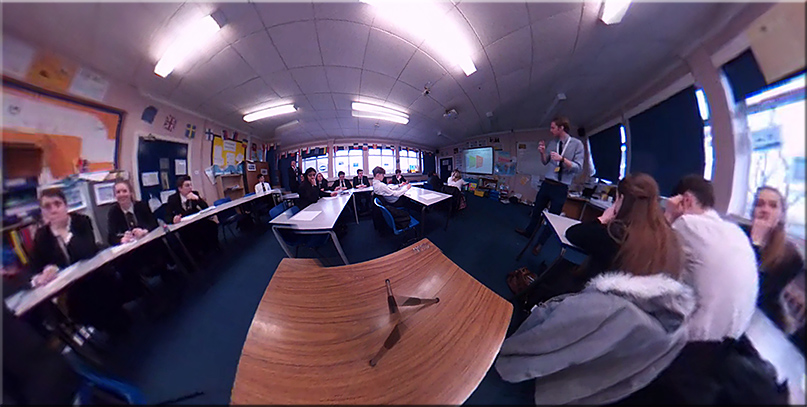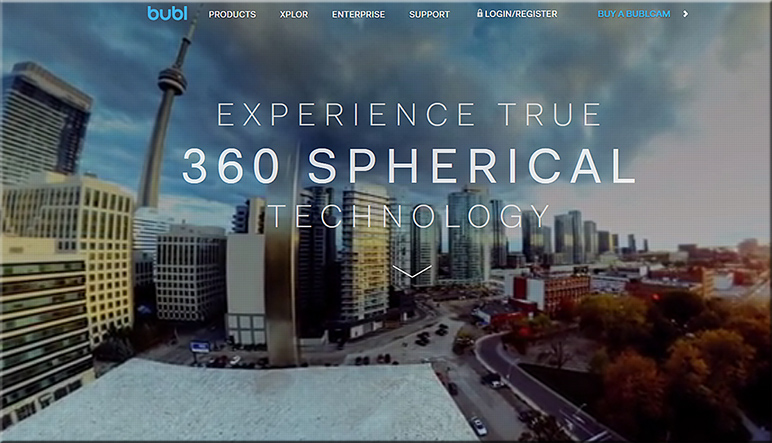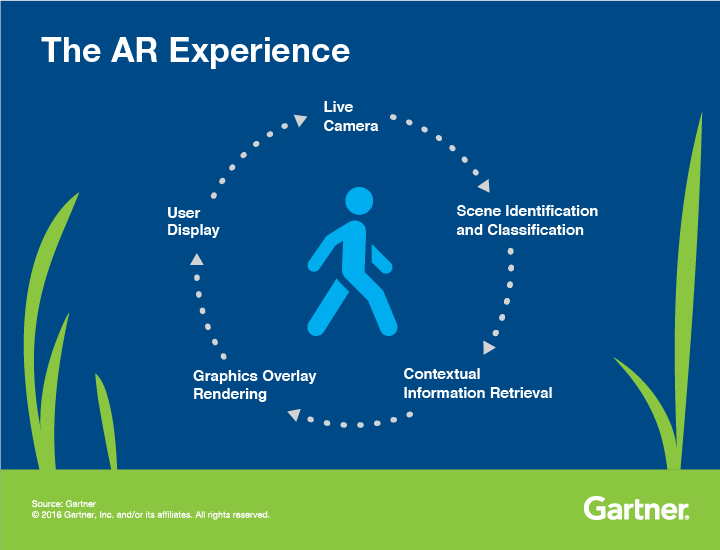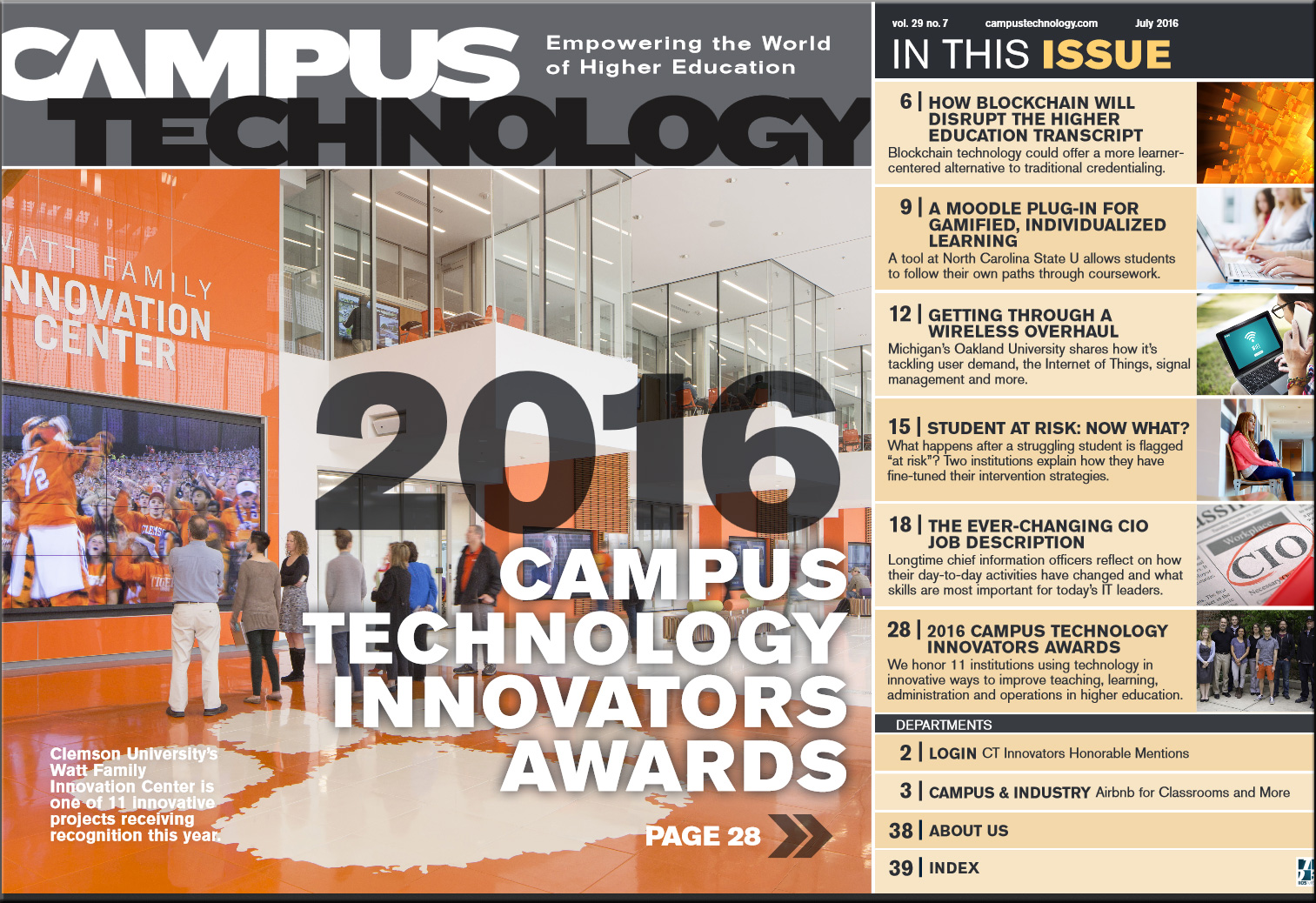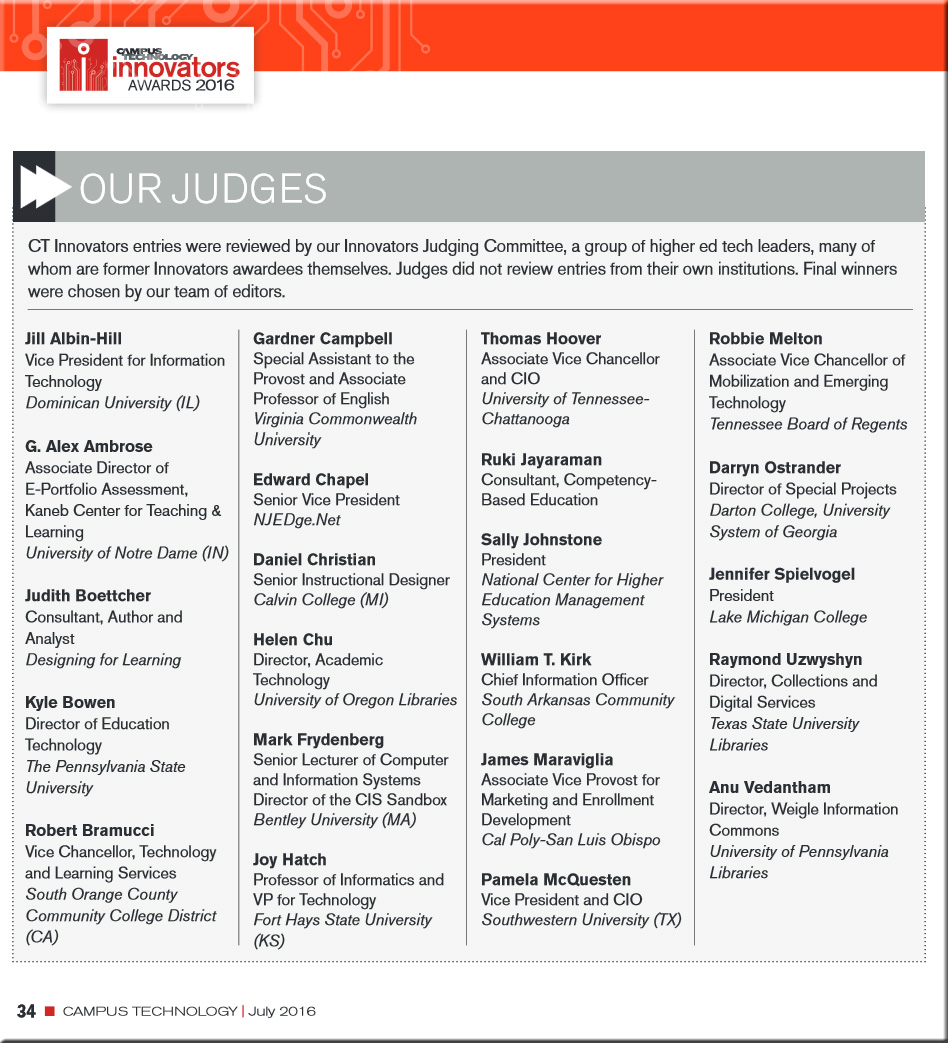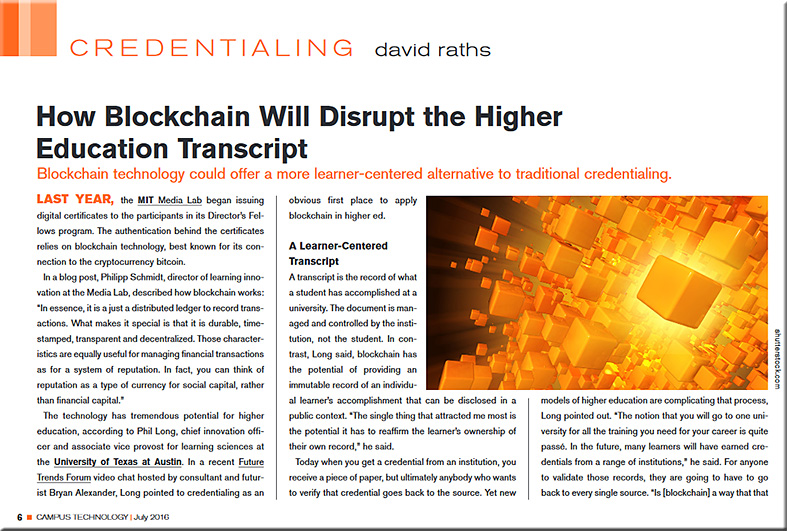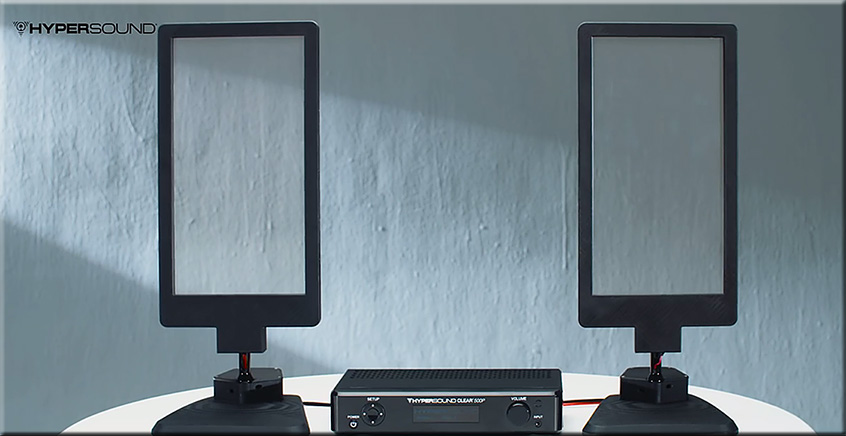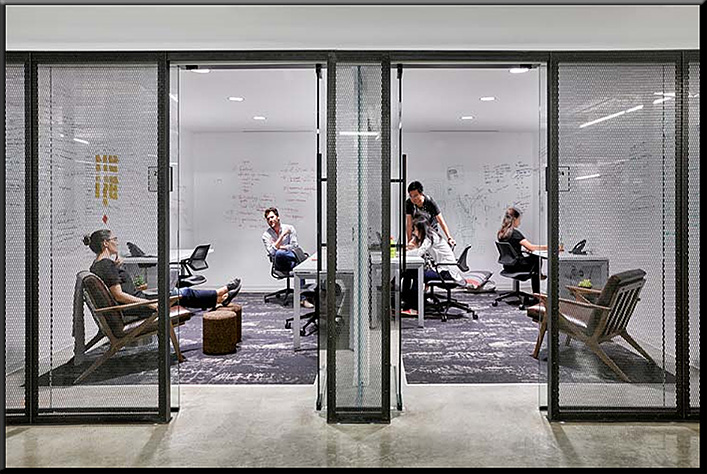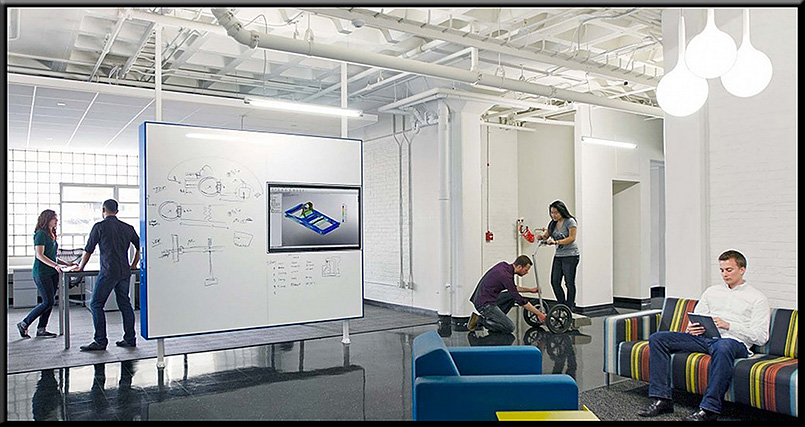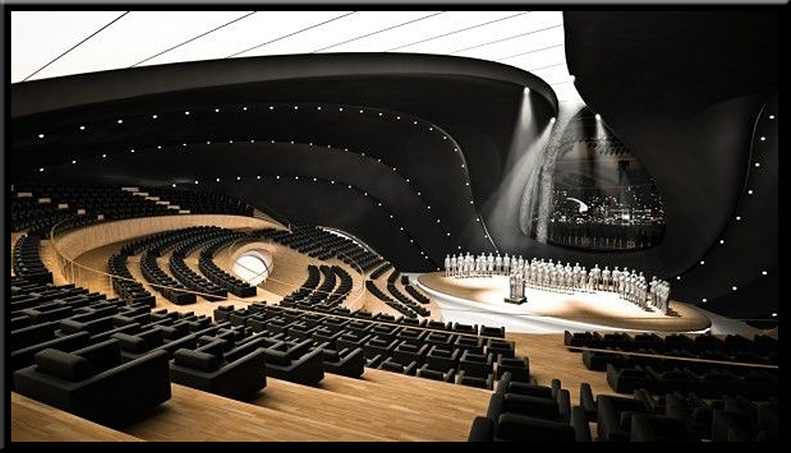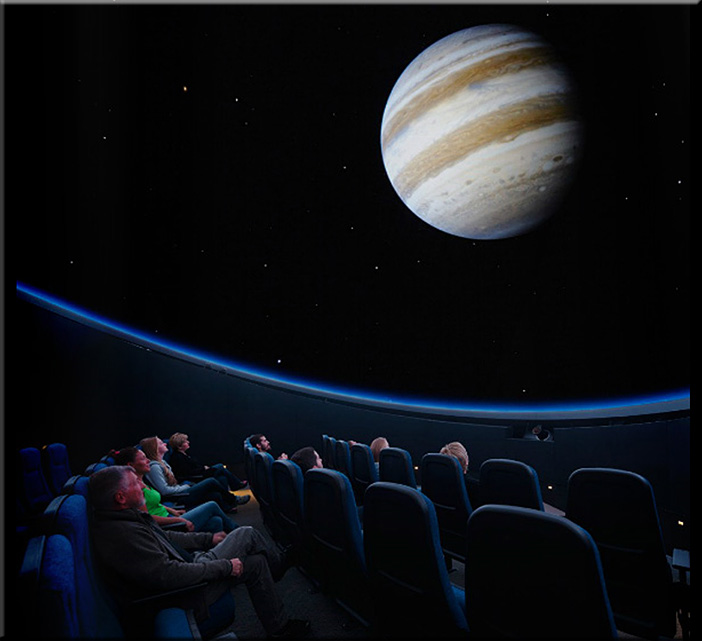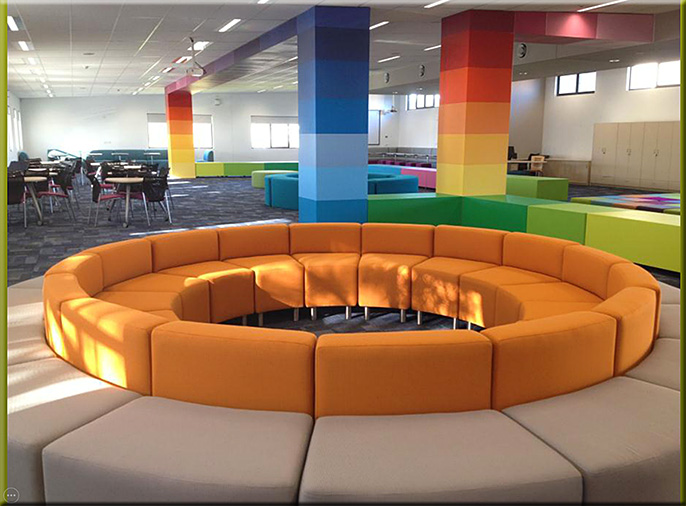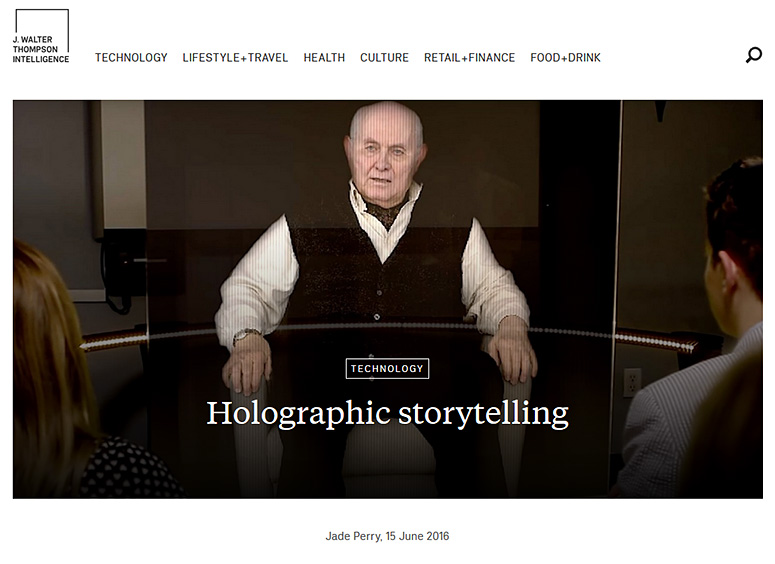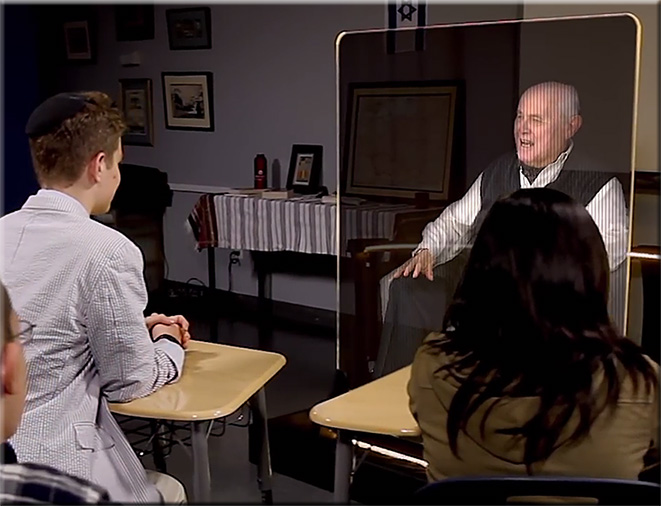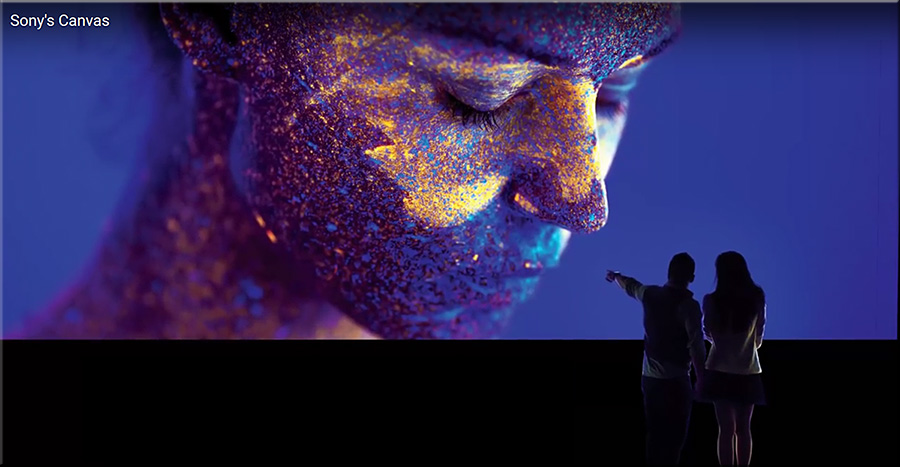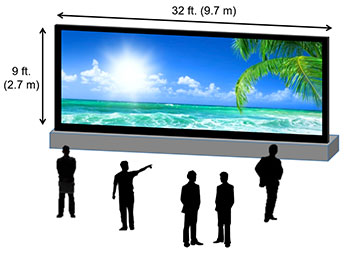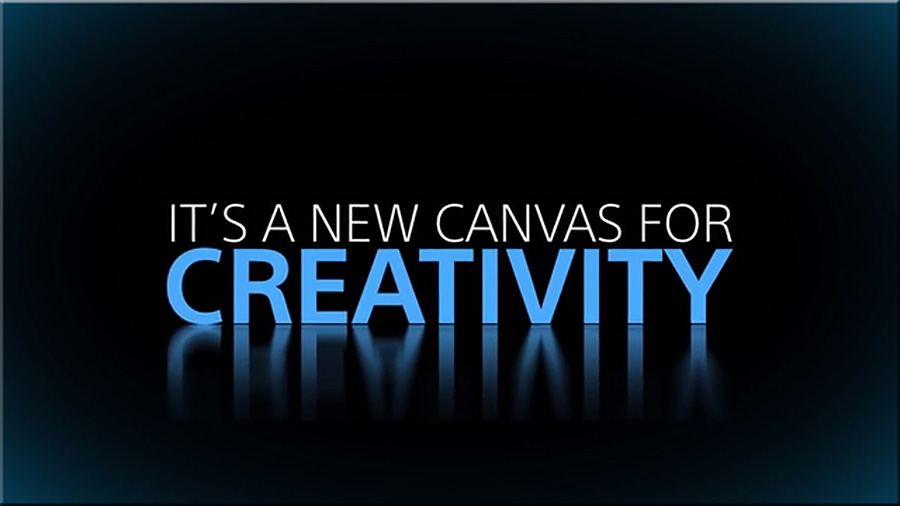Love this VR of a classroom lesson – 7 uses that really takes you there — from donaldclarkplanb.blogspot.com by Donald Clark
Excerpt:
I received a fascinating link via Twitter from Chris Edwards, a Deputy Head in Surrey, who was interested in views on his experiment with a 360 camera and VR. In the 360 degree video, Mike Kent, a Geography teacher, delivers a great lesson and you can look round the entire room as students and teacher move around, get things done, interact with the teacher and go through a Q&A session. It is fascinating. They’re using this approach for lesson observations allowing the teacher, or their colleagues, to watch it back in full Virtual Reality. This gives the teacher a view of themselves, from the student’s point of view, as well as observe ‘everything’ that happens in the classroom. It made me think of different possibilities…..
Good lessons by great teachers must surely be worth viewing by novice teachers. The rich set of processes, actions, behaviours, body language and interactions that go into a great lesson are complex, wonderfully captured in this example and could be done on any subject. A bank of such lessons would be far more useful than dry lesson plans.
From DSC:
Donald covers a range of ideas including using these 360 degree cameras and VR in regards to addressing:
- Exemplar lessons
- Teacher training in school
- Behaviour training
- Students
- Parents
- Class layout
- Research
Also see:
(You can turn around/view the entire room and somewhat move about the space by zooming in and out):
Also see:









